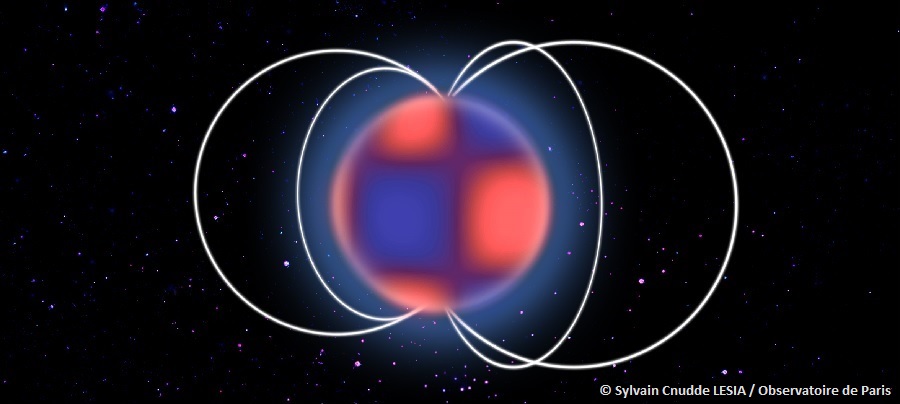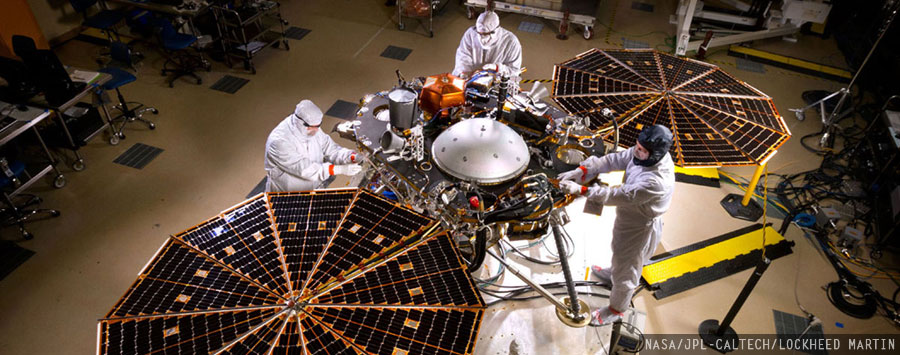First discovery of a magnetic field in a normal delta Scuti star (*)
[...]

Like every year, Earth will pass mid August through the trajectory of the dust cloud left behind comet Swift-Tuttle very likely giving us a night sky filled with bright falling stars. The moon will be in a cooperative mood and won’t shed its light, thus promising a dark night. Meteors can also be heart on radio, when transmitted radio signals [...]
To prepare the future mission to Mars ( as e.g. the ESA mission ExoMars), a consortium of seven European scientific institutions, coordinated by the Instituto de Astrofísica de Andalucía (IAA-CSIC, Spain), will develop new analytical techniques to exploit data of existing missions to Mars. [...]
The European Research Council (ERC) has announced the award of its prestigious Advanced Grants to 190 senior researchers. The funding, worth in total €445 million, will enable them and their teams to pursue ground-breaking ideas. One of these researchers is Dr. Véronique Dehant of ROB, with the project RotaNut: Rotation and Nutation of a wobbly Earth.
[...]

A lander called InSight, an abbreviation for Interior Exploration using Seismic Investigations, Geodesy and Heat Transport, is scheduled to launch in March 2016. It will be the first mission devoted to understanding the interior structure of the Red Planet. [...]

Press release May 22, 2015 09:10
An ML 4.1 earthquake occured last night at 03h52 (local time) close to Ramsgate, Kent (UK).
The relatively great depth, estimated at 15 km, explains why no damage has been observed in the epicentral area, and why this event was felt in a broad area, up to a distance of 250 km from the epicenter. [...]
Wei Huang, a PhD student in the Operational Directorate “Reference System and Planetology” of the ROB, has obtained the best student paper award at the IEEE International Frequency Control Symposium and European Frequency and Time Forum 2015, in Denver, Colorado.
Wei Huang was awarded for his work on time transfer using the BeiDou satellite signals, the Chinese equivalent of the GPS. [...]
Experts on the study of massive stars meet at the ROB for the workshop “Massive Stars and the Gaia-ESO Survey” from 5 to 7 May 2015 [...]


The International Earth Rotation and Reference Systems Service (IERS) informs us that a positive leap second must be introduced on June 30, 2015. [...]